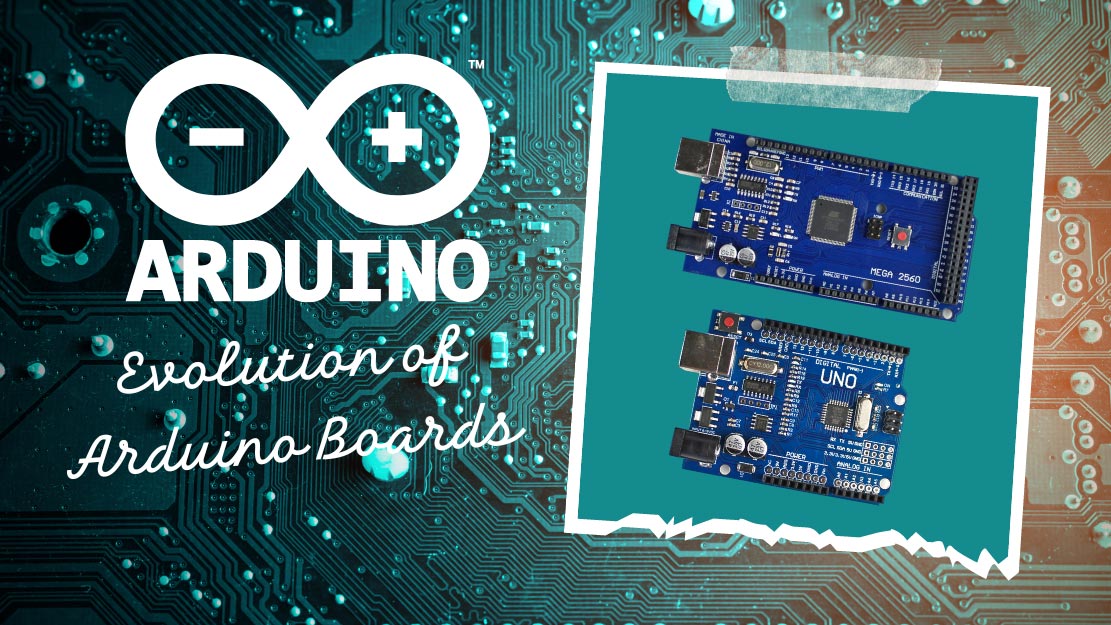
Arduino boards have emerged as the quintessential tool for makers, hobbyists, and engineers alike. These versatile microcontrollers have not only revolutionized the way we interact with technology but have also played a significant role in democratizing electronics and programming knowledge. The history of Arduino boards is a captivating tale of innovation, collaboration, and the relentless pursuit of empowering creativity through accessible technology.
The Birth of an Idea
The Arduino journey began in the early 2000s, when a group of visionary minds at the Interaction Design Institute Ivrea (IDII) in Italy, including Massimo Banzi, David Cuartielles, Tom Igoe, Gianluca Martino, and David Mellis, embarked on a mission to create an open-source platform for easy prototyping of interactive devices. Their vision was to develop a user-friendly tool that would bridge the gap between software and hardware, enabling artists, designers, and enthusiasts to bring their ideas to life without the complexities of traditional electronics.
Arduino’s First Steps
The first Arduino board, the Arduino 1.0, was introduced in 2005. Built around the ATmega168 microcontroller, this board featured a simple design with a microcontroller, a few I/O pins, and a USB connection. Its ease of use and open-source nature quickly gained traction within the maker community, encouraging collaboration and the sharing of projects and knowledge. The Arduino software, featuring a user-friendly integrated development environment (IDE), further simplified the process of writing code and uploading it to the board.
Widespread Adoption and Expansion
As the Arduino movement gained momentum, subsequent iterations of Arduino boards were introduced, each with improved features and capabilities. The Arduino Duemilanove, released in 2009, brought advancements like an automatic reset mechanism and a greater number of I/O pins. This was followed by the Arduino Uno in 2010, which solidified Arduino’s position as a household name in the electronics world. The Uno boasted enhanced processing power, memory, and connectivity options, making it a go-to choice for both beginners and experienced tinkerers.
The Arduino family continued to grow with specialized variants like the Arduino Mega, designed for projects requiring a high number of I/O pins, and the Arduino Leonardo, which introduced native USB support for direct computer interaction. Meanwhile, Arduino shields – add-on boards that extended the capabilities of the main Arduino board – added a new layer of modularity to the platform.
Diversity and Innovation
The success of Arduino boards sparked a wave of innovation and diversity within the community. Boards like the Arduino Nano and Arduino Pro Mini catered to compact and space-constrained projects. The Arduino Due, featuring a powerful ARM Cortex-M3 processor, opened the door to more complex applications, including 3D printing and advanced robotics.
The Arduino project also expanded beyond the traditional boards, leading to the creation of the Arduino IDE, which supported a wide range of microcontroller platforms beyond the original AVR-based boards. This inclusivity allowed enthusiasts to experiment with various architectures and capabilities while still benefiting from the familiar Arduino ecosystem.
Beyond Basic Prototyping
As the years rolled on, Arduino boards evolved beyond simple prototyping tools and began to penetrate various industries. Educational institutions incorporated Arduino into their curricula to teach programming and electronics fundamentals, while professional engineers harnessed Arduino’s versatility for rapid prototyping and proof-of-concept development. Additionally, Arduino found its way into art installations, interactive exhibits, wearable technology, home automation, and even commercial products.
The Future of Arduino
The journey of Arduino boards has been one of continuous innovation and community-driven development. Looking ahead, the future of Arduino promises even greater possibilities. The emergence of Internet of Things (IoT) and edge computing has already prompted the creation of Arduino boards with built-in Wi-Fi and Bluetooth capabilities. This positions Arduino as a key player in the rapidly evolving landscape of connected devices and smart technologies.
Conclusion
The history of Arduino boards is a testament to the power of open-source collaboration and the potential of technology to empower individuals to create, experiment, and innovate. From its humble beginnings as an idea among a group of dedicated designers and engineers, Arduino has transformed into a global phenomenon that transcends industries and skill levels. As the journey continues, Arduino remains a beacon of inspiration for aspiring makers and a driving force behind the democratization of electronics knowledge.